BYD Atto 3 review: Chinese newcomer previews our EV future
If you read our recent year-end review, you’ll notice the BYD Atto 3 got mentioned a lot.
A majority of the EVcentral writing staff acknowledged the compact Chinese battery electric vehicle for one positive reason or another.
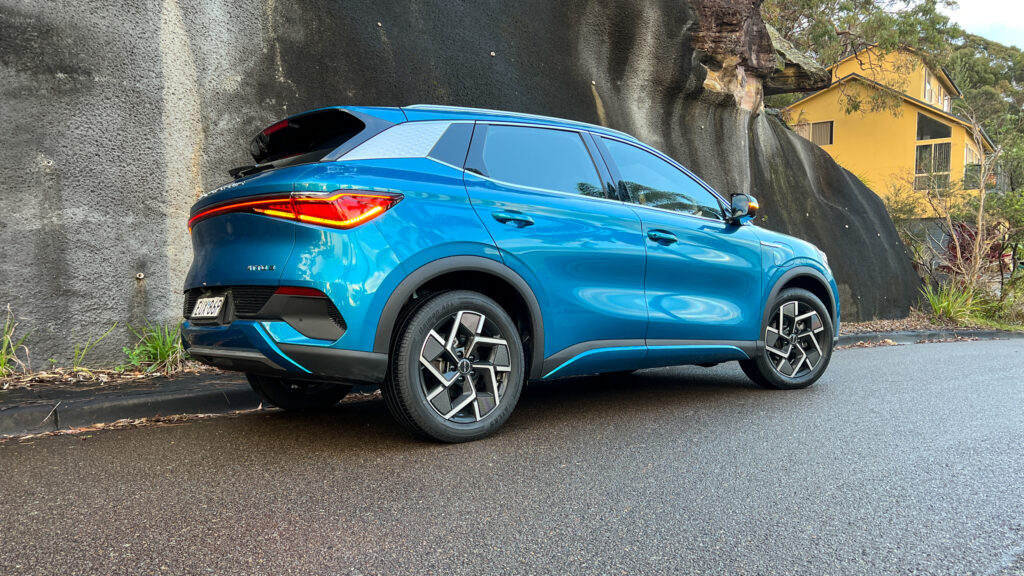
So, it was definitely time for us to publish a review of a car that’s grabbed our attention – and yours too, judging by the sales numbers – and explain what’s going on here.
So happy new year and here’s the BYD Atto 3!
First, some background. BYD is a new brand to Australia, but it’s by no means a new brand in its homeland of China. Nor is it a newcomer to the EV space.
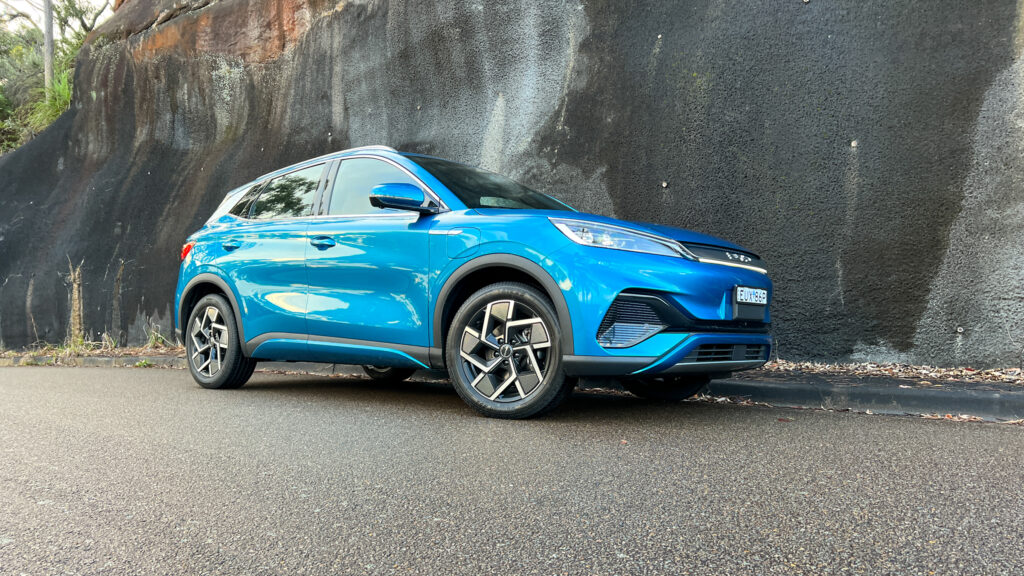
BYD is an EV manufacturing giant and until 2019 was making more electric vehicles than any other (the arrival of the Tesla Model 3 put an end to that in 2019). Since then Tesla has dominated, but BYD is fighting back. Short story is that the relative unknown in Australia is one of the top EV manufacturers in the world.
And in case you’re wondering what BYD stands for, it’s Build Your Dreams, something spelled out on the back of the Atto 3.
Value
No new electric vehicle sold in Australia is cheap, but the BYD Atto 3 is definitely among the most affordable.
It’s a compact SUV similar in size to a Hyundai Kona, Mazda CX-30 or Toyota Corolla Cross. But, obviously, the Atto 3 is powered only by electricity.

Pricing is defined by battery size rather than tech or safety equipment, so it starts at $48,011 for the BYD Atto 3 Standard and rises to $51,011.35 plus on-road costs for the BYD Atto 3 Extended.
Right now, everywhere but the Northern Territory offers some sort of EV rebate and/or incentive. And in NSW you won’t have to pay stamp duty. Bottomline, if you’ve got around $50,000 to spend on EV the Atto 3 is in your ballpark.
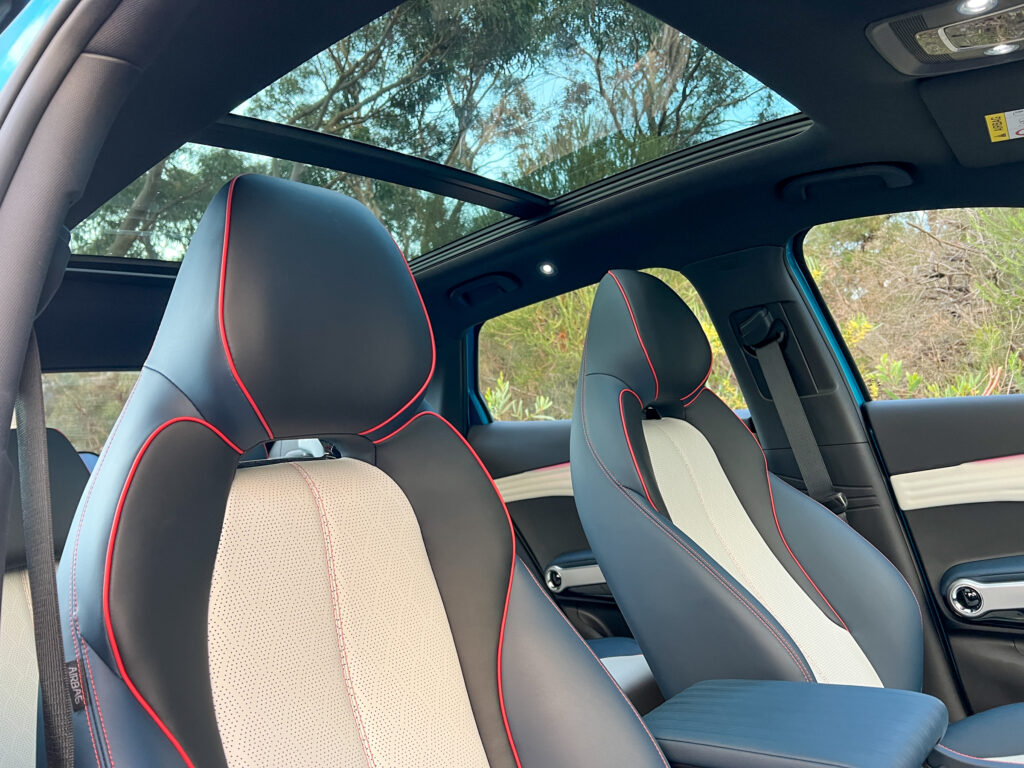
By comparison the MG ZS EV starts at $44,990 drive-away and the Nissan Leaf $50,990 plus on-road costs. The similarly-sized Hyundai Kona Electric and Kia Niro EV are thousands of dollars more expensive.
Standard Atto 3 exterior equipment includes a panoramic sunroof, roof rails, 18-inch alloy wheels and a power tailgate.
Inside – among much more – you’ll find a funky 12.8-inch infotainment touchscreen that can rotate from portrait to landscape at the touch of a button, Apple CarPlay and Android Auto smartphone connection, wireless phone charging, synthetic leather seat trim, powered and heated front seats, an eight-speaker audio system and keyless entry and start. Over-the-air updates provide upgrades such as streaming audio.
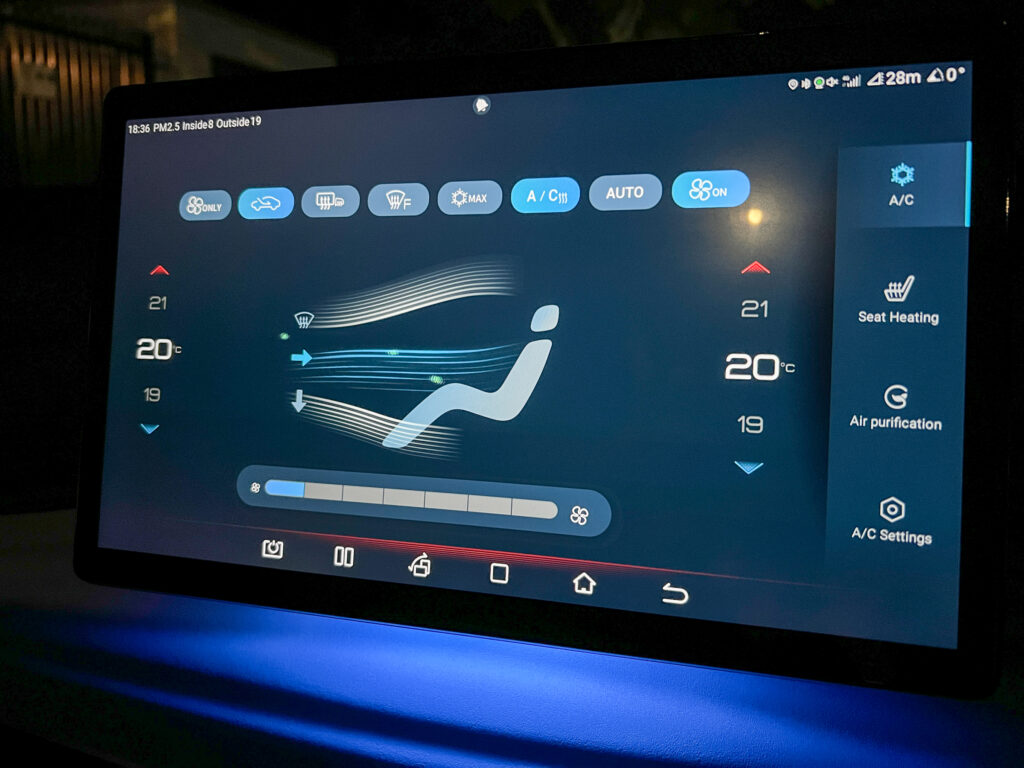
There’s only single zone ventilation, despite two temperature readouts appearing on the central touchscreen, so don’t be fooled. On the upside there are controllable rear vents.
The Atto 3’s vehicle warranty is six years/150,000km, although there are exceptions such as the multimedia system which is covered for only three years. The suspension system is also only covered for four years or 100,000km while the charge port, wheel bearings and shock absorbers are only covered for three years/60,000km.
It’s an odd mishmash that makes you wonder why BYD doesn’t want to back to whole car with a warranty for longer (as it does in New Zealand).
BYD’s own lithium iron phosphate (LFP) Blade high-voltage battery pack is protected for eight years/160,000km. Service intervals are 12 months/20,000km and the price schedule for each of the first eight years varies from as little as $189 to $447.
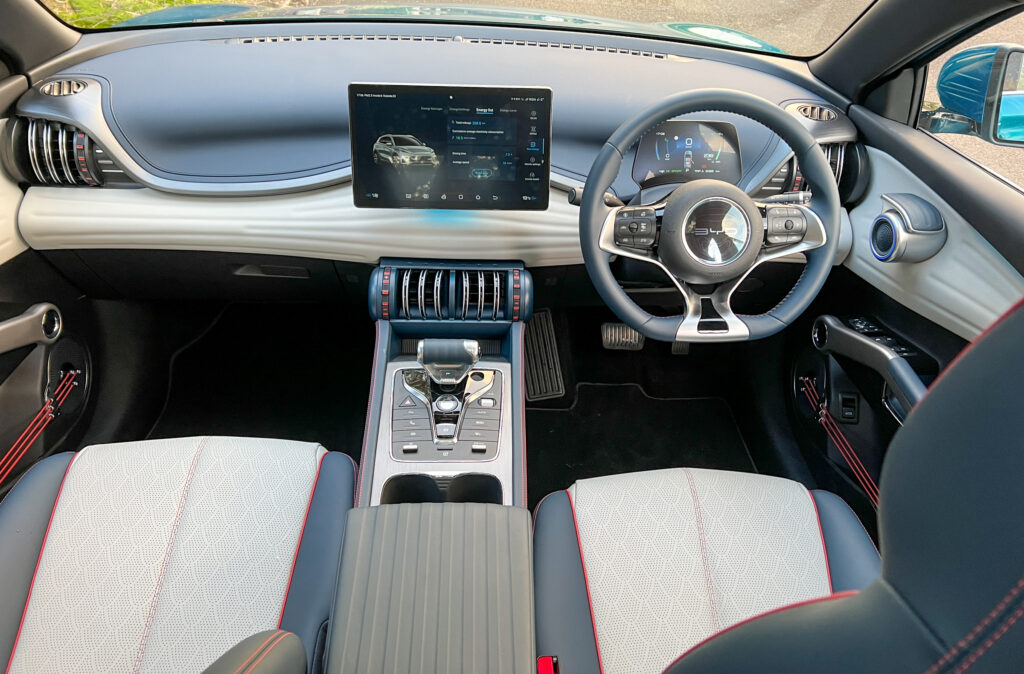
Inside
While Build Your Dreams (BYD) is an Aussie newcomer it’s a veteran of electrified motoring and the Chinese auto scene. In fact, it’s an enormous car company with huge engineering and design resources.
That really shows up in the innovative and interesting interior. The colours and trims and shapes and sweeps are a far cry from the usual small car uniformity.
And the components aren’t just plug and play off-the-shelf from suppliers either. Instead, there’s a heap of interesting stuff.
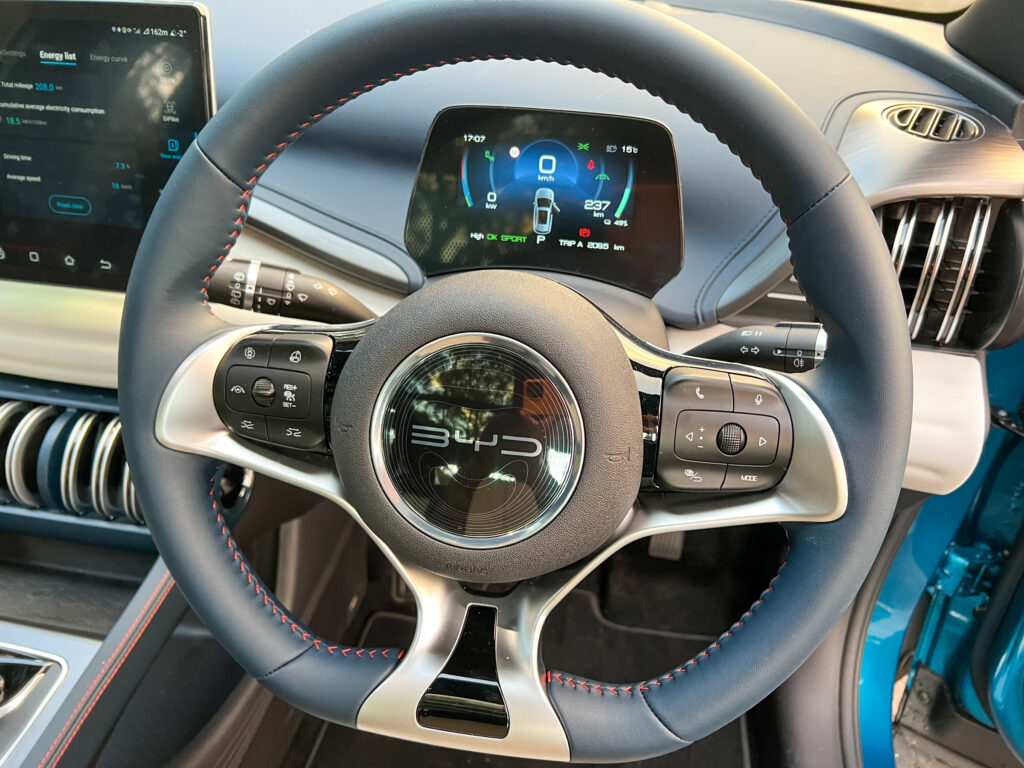
Obviously, the rotating touchscreen is the party trick. It works best in portrait mode for navigation, although it’s not visible through polarised sunglasses in that configuration.
The landscape mode also seems to help prevent too much eye wandering too far from the road ahead. In the end you’ll decide which set-up you like.
Accessing the features within the screen can be somewhat frustrating until you come to understand the process. For example. AM/FM and digital radio are within different apps.
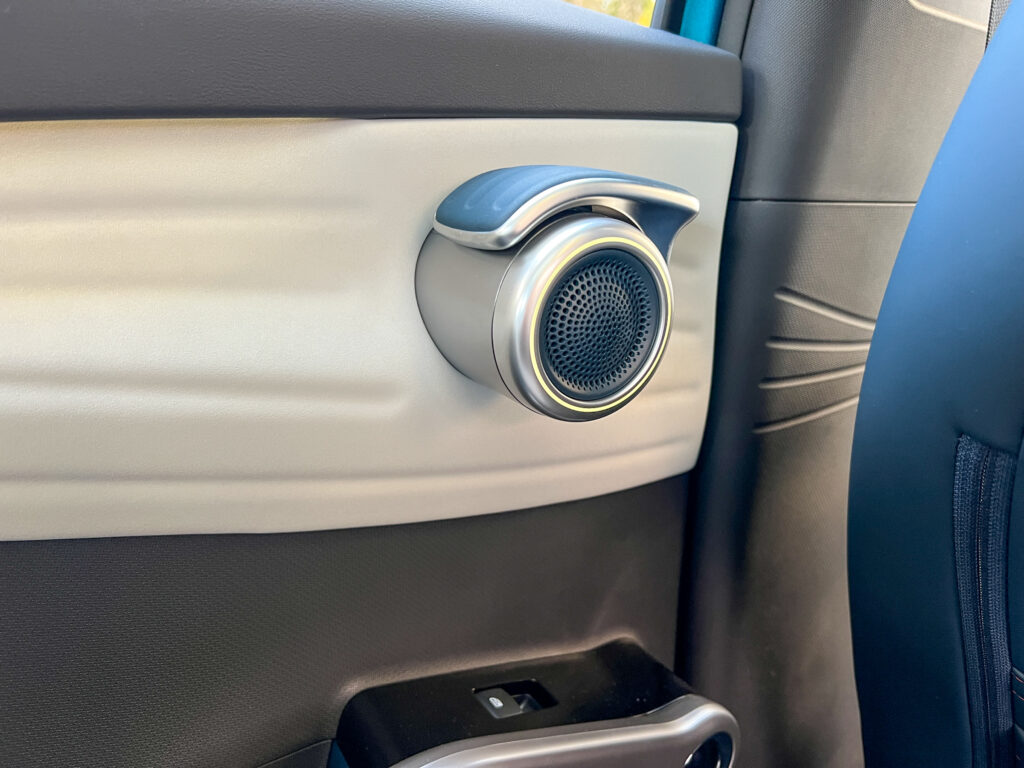
Other key styling and design features include a tiny instrument panel that sits on top of the steering column.
There are elasticised guitar strings for the door pockets, air vents that look like a CD rack and doorhandles that have been likened to shells because of an alleged nautical interior design theme.
Get beyond the surprise and delight stuff and the fundamentals are good too. The BYD Atto 3 rolls on a purpose-built e-Platform 3.0 EV architecture which maximises interior space and provides a flat floor.
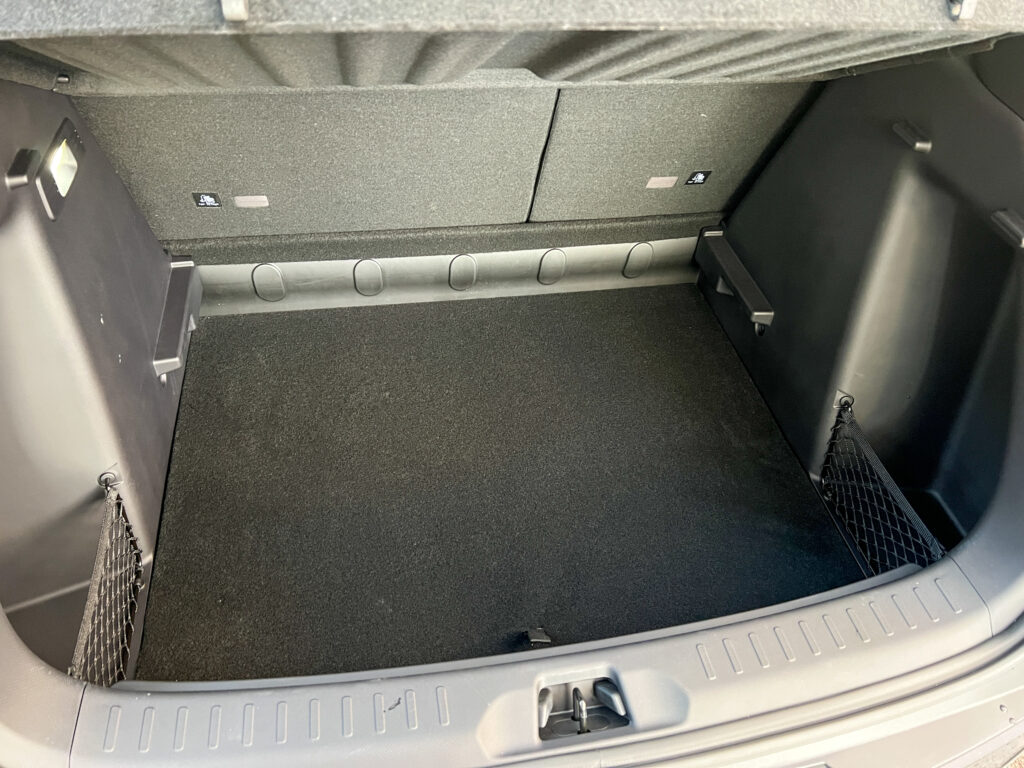
The one-piece front seats make it seem a bit enclosed in the back, but it’s still good enough to fit four 180cm adults as well as their modern day first-world essentials like smartphones.
At 440 litres, the boot is about right for a small car that measures up at 4455mm long overall. Fold the rear seats and the space grows to 1340 litres. Don’t go hunting under the boor floor for a spare tyre though. There isn’t one. Nor is there added storage space under the bonnet.
Performance and Efficiency
The BYD Atto 3 is powered by a 150kW/310Nm permanent magnet synchronous motor that drives the front wheels.
The Atto 3 allegedly reaches 100km/h from rest in 7.3 seconds, but actually does its best work at slower speeds thanks to the endearing electric motor trait of releasing maximum torque from the moment you press the throttle.
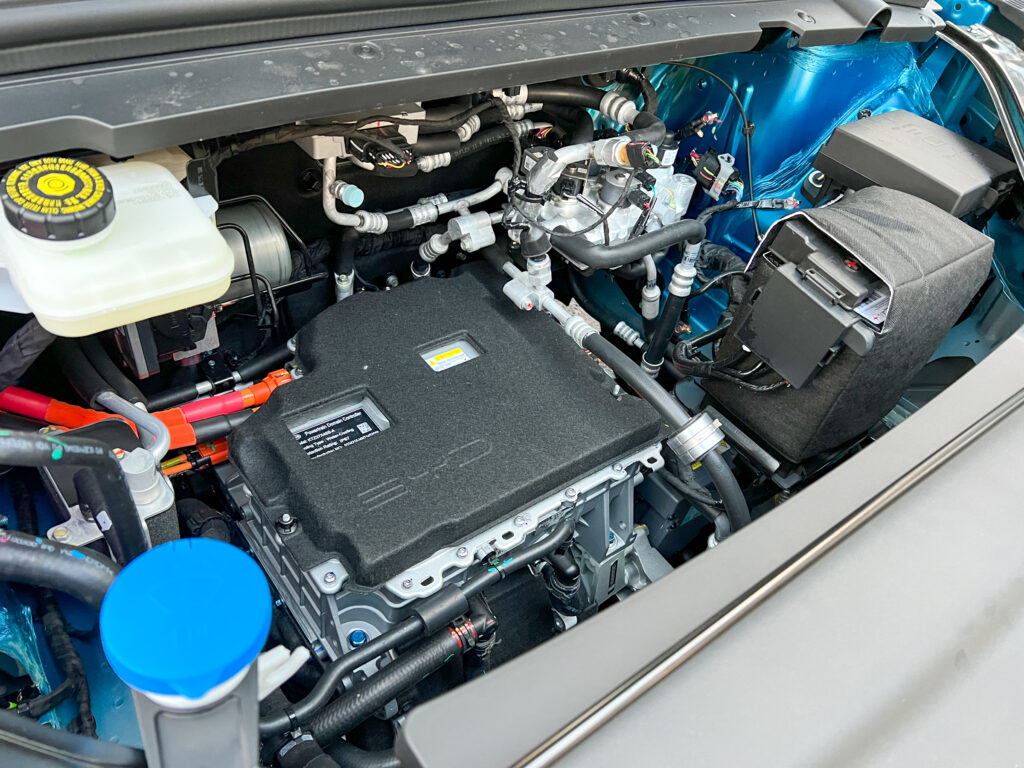
That makes it great for zotting around town between traffic lights and, of course, it does it quietly.
The urgency of response can be tuned by dialling through three modes – Eco, Normal and Sport.
The Atto 3 Standard is fitted with a 49.92kWh battery pack that ekes out a claimed 345km range between recharges based on the WLTP testing regime.
The Extended comes with a 60.48kWh battery that produces a claimed 420km range between recharges (also WLTP).
The Atto 3 claims an average consumption rate of around 16kWh/100km and that’s pretty much how it turned out on test. It’s a decent result.
The real-world range between recharges for the BYD Atto 3 extended proved not too far off the claim at about 400km. For a small runabout that’s pretty good.
Charging
The BYD Atto 3 Extended can DC fast charge at a rate up to 80kW, which is nothing outstanding and means you’ll be plugged in for about 40 minutes achieving a 10-80 per cent refill.
The maximum AC wallbox charge rate is 7kW, which translates to up to nine hours plugged in to fully recharge then Extended. Repowering from a regular outlet would take about 30 hours
The Atto 3 has two levels of driver-adjustable regeneration, neither of which allow single pedal driving.
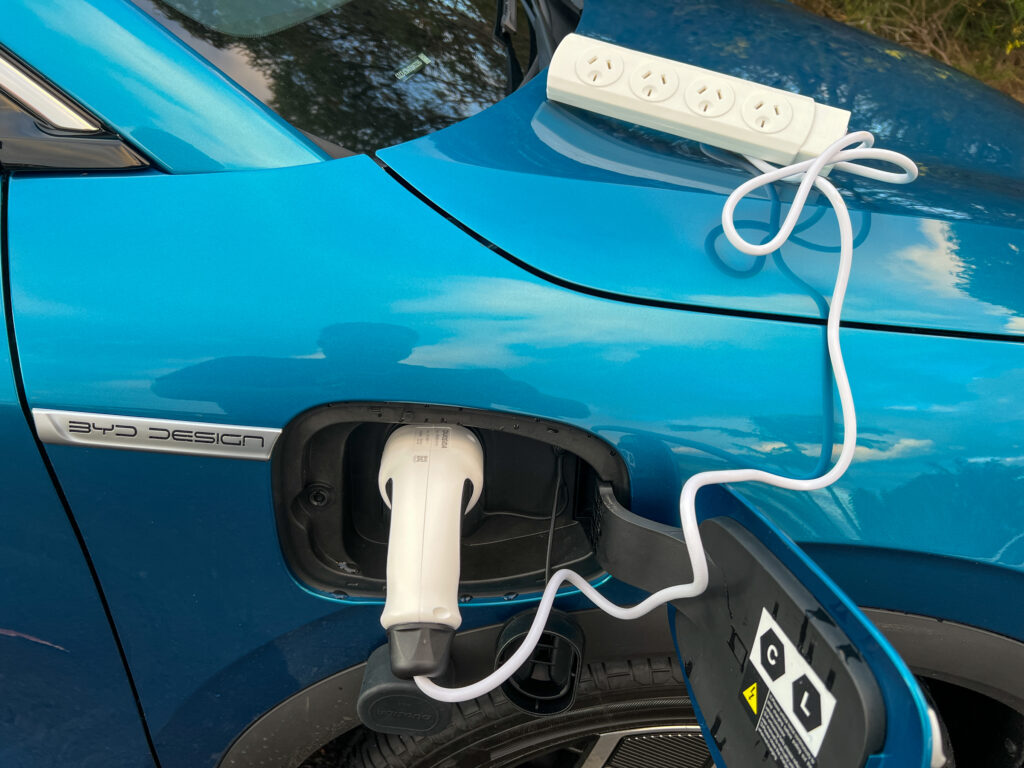
It also provides vehicle to load (V2L) capability, which means its high-voltage Blade battery (the brand name the company gives to its in-house designed batteries) can power 230V external items such as laptops, camp fridges and even another EV.
Ride and handling
The BYD Atto 3 is a pleasant drive that is set up to ride comfortably. It therefore aligns with its urban commuter role.
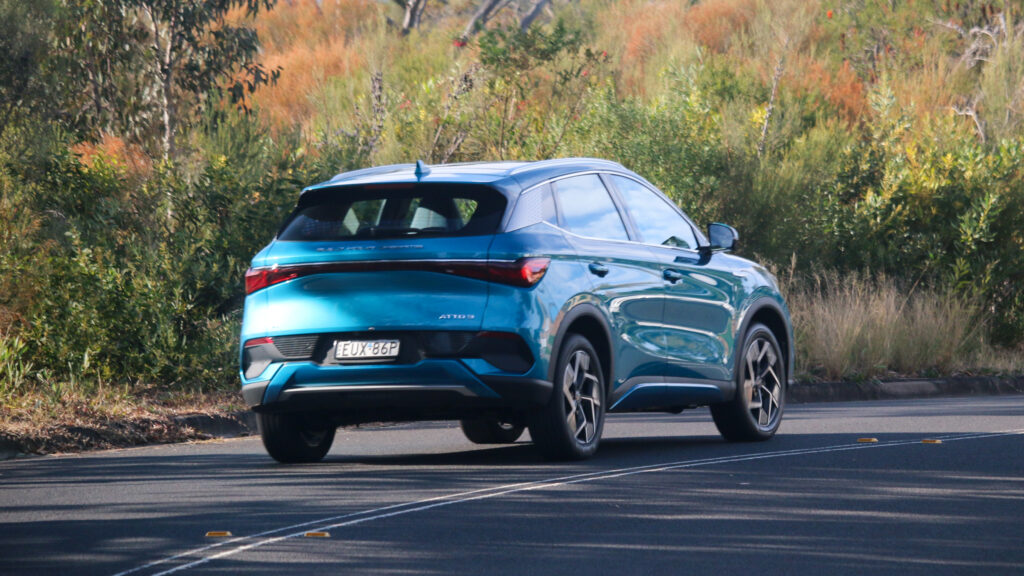
But that focus on comfort doesn’t turn the Atto 3 into a wallowing mess when it comes to handling. It retains its composure out on the open road at higher speeds and it is predictable when a corner is encountered.
The Atlas Batman (yep, I’ve never heard of them either) tyres can be a bit grip-limited if you’re hitting the throttle hard or the road is soaked.
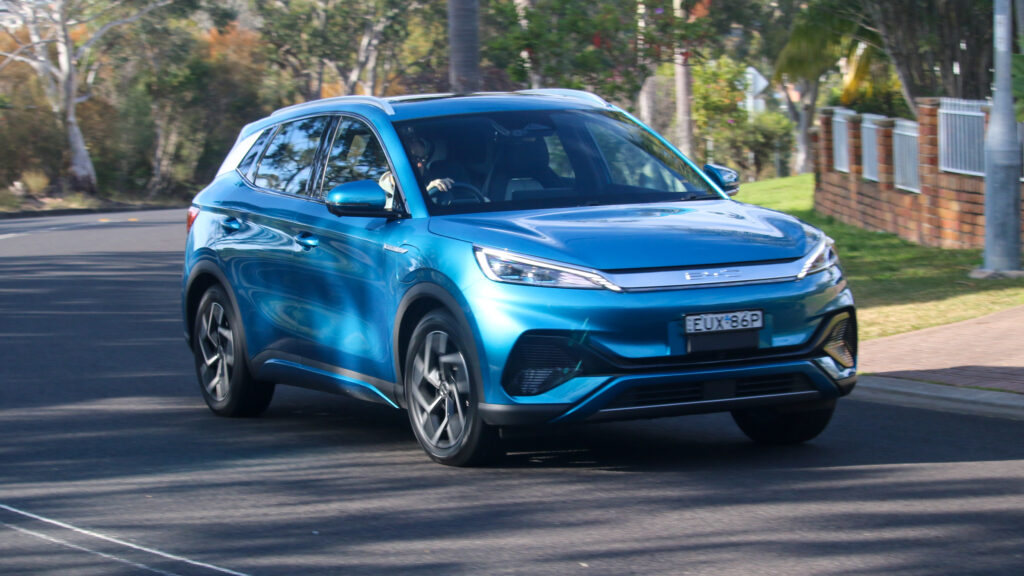
Think about a change to a recognised brand when they wear out.
Talking point
Fair to say the BYD Atto 3 in its entirety is a talking point, not just individual bits like the rotating touchscreen! It gets us pretty excited for what is to follow from BYD, including the 2023 Dolphin small car, which is promised to be cheaper again.
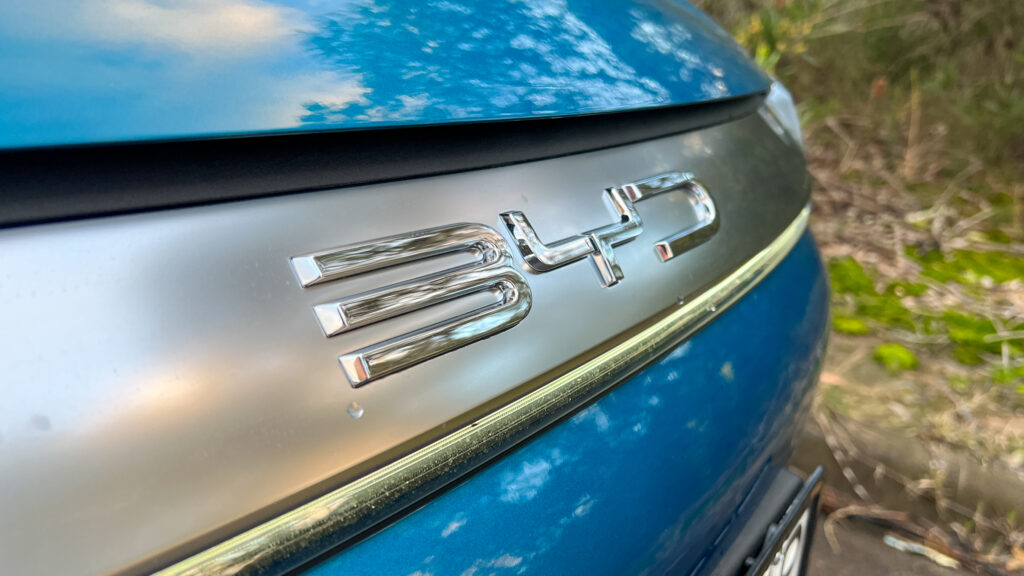
We’d love to see some of the software streamlined and tweaked here and there. Like the heated seats; we delved into the menu and found the virtual button to activate the front passenger seat heater but not the one for the driver. We asked the dealer to show us how to operate it and he found himself in the same dead-end, only offering the reassurance that it must be a software glitch that will be addressed soon.
Safety
A recent focus on the safety features of the BYD Atto 3 has revolved around carrying young children in the middle rear-seat and the front passenger seat.

Vehicles built from November 21, 2022, comply with the rules and vehicles built before that date can be updated to comply.
As a result, the BYD Atto 3 has been awarded the maximum five-star rating from ANCAP.
Standard safety equipment includes dual front, side chest-protecting, side head-protecting (curtain) and centre airbags
Autonomous emergency braking (car-to-car, pedestrian and cyclist, junction assist and reversing) works up to 85km/h. Adaptive cruise control, lane keep assist, lane departure warning and emergency lane keeping are also standard.
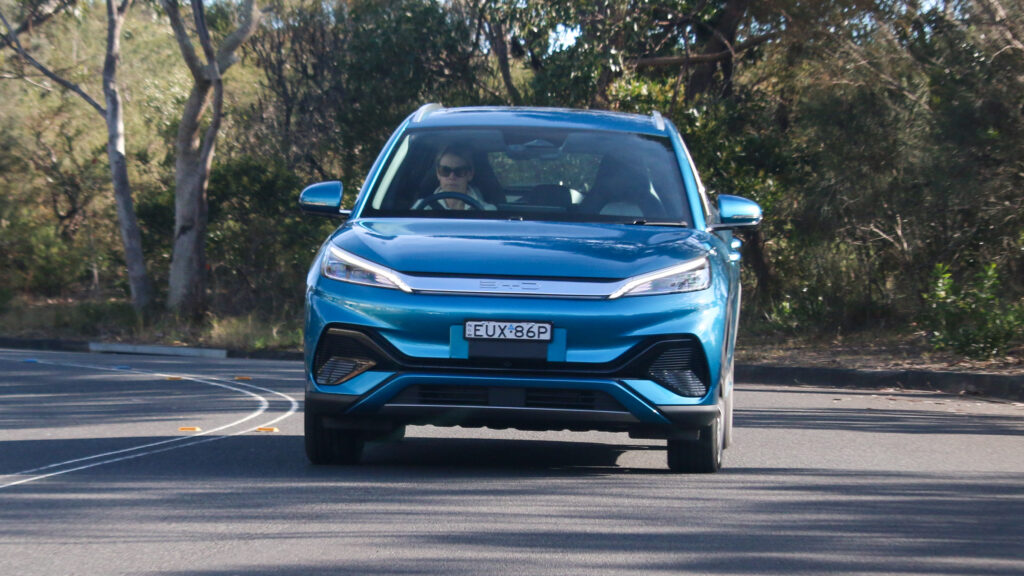
Verdict
The BYD Atto 3 is another step along the road to affordable battery electric vehicles. It’s a journey we have to keep travelling on if EVs are going to eventually become the first choice among Aussie motorists.
This car is far from the end point of that journey, but it does give us a hint of what is achievable – reasonable pricing, reasonable range, reasonable driving.
It would make an excellent runabout for an urban two-car garage.
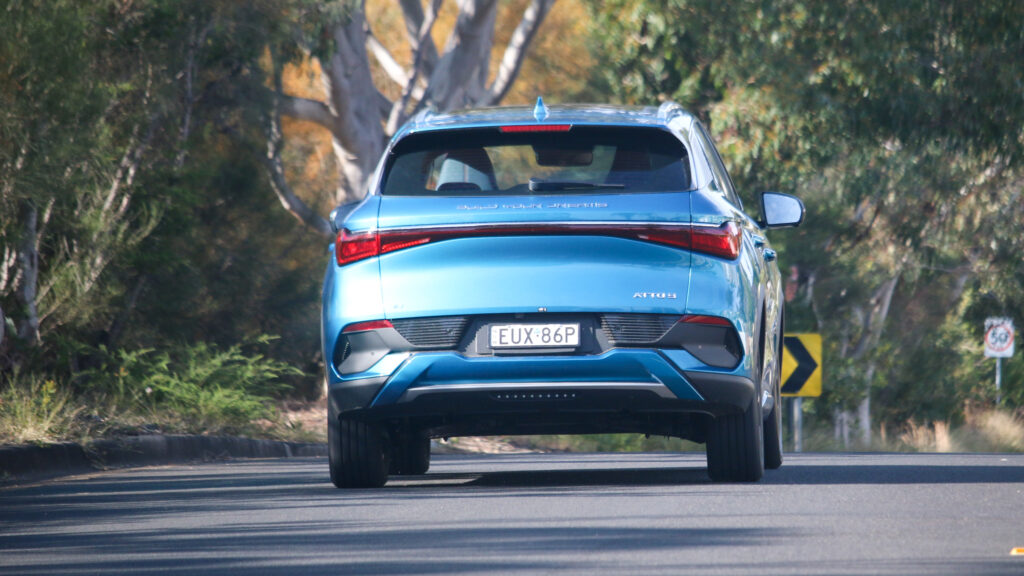
Some things like quality, reliability and the capability of the local distributor to provide professional back-up are yet to be proven. We’re also perplexed by the mishmash of a warranty.
But the promise of the BYD Atto 3 and the driving future it points to cannot be denied.
BYD Atto 3 Extended specifications
Price: $51,011.35 plus on-road costs
Basics: EV, 5 seats, 5 doors, small SUV, FWD
Range: 420km (WLTP)
Battery capacity: 60.48kWh
Battery warranty: 8 years/160,000km
Energy consumption: 16kWh/100km (WLTP)
Motors: 1 front, 150kW/310Nm permanent magnet synchronous
AC charging: 7kW, Type 2 plug
DC charging: 80kW, CCS Combo plug
0-100km/h: 7.3 seconds (claimed)

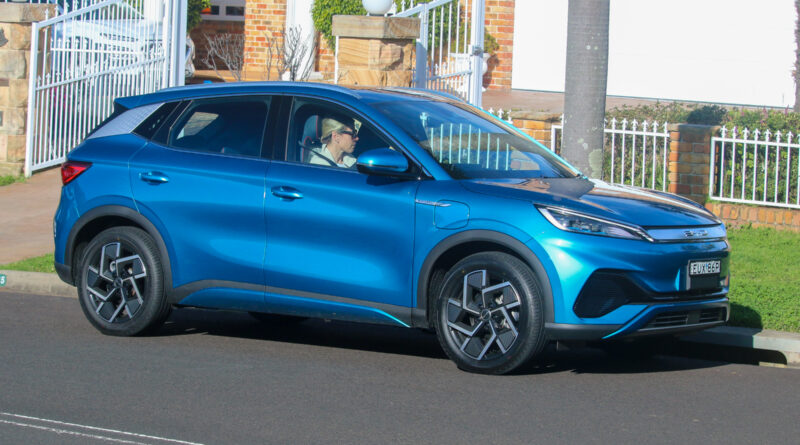
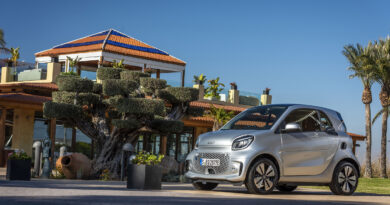
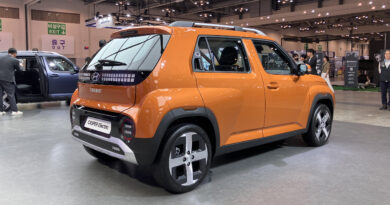

Thanks for your review. A couple of points you keep on mentioning that the ATTO and a Hyundai Kona are a similar size, there is much more interior space in the ATTO compared to the Kona.
You did not mention that many of the functions of the car can be done via voice command rather than using the touchscreen including opening closing windows and sunroof, heating and cooling and fan speed and sound system.